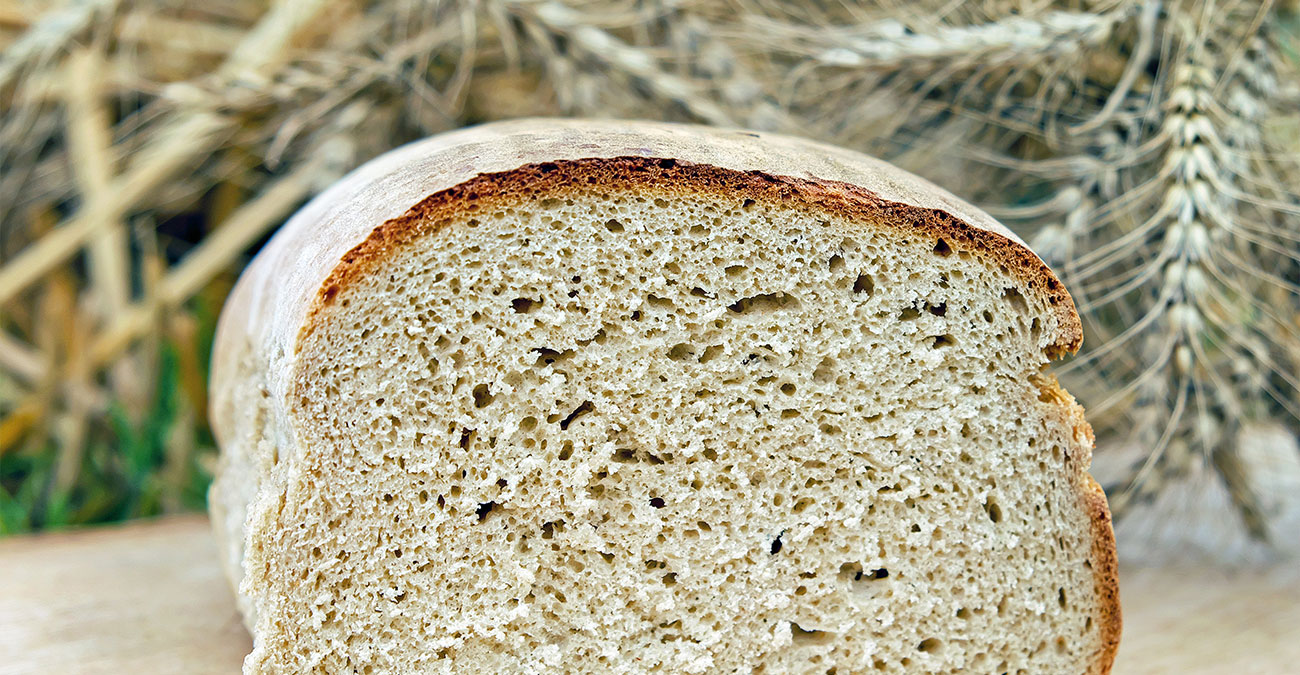
Common Misconceptions and Truths Surrounding Glycemic Index
The glycemic index is considered a measurement of a food’s ability to increase the level of blood sugar level within the human body. The GI is measured as a ranking on a zero to a hundred scale. Similarly, foods with low to medium GI, for example, low GI Bread, have a ranking of less than 55. Being informed of this is beneficial for your health as it informs you of the effects of the foods you consume on your blood sugar level, but it also assists you in making conscious and responsible decisions about your diet.
However, with boundless medical advice and consultation online, it is common to be misled about the glycemic index, and this blog aims to clear out common misconceptions surrounding it.
Common Misconception about GI
1) High Glycemic Index does not impact cardiac health and diabetes.
Alongside the taboo of measuring the glycemic index, a common misconception exists that high GI does not result in prolonged diseases such as cardiovascular conditions and type 2 diabetes. The truth is, in fact, the opposite: as high GI foods result in increased blood sugar levels, the body’s natural blood sugar regulation would kick in, causing the pancreas to produce insulin to regulate the glucose level. However, suppose the sugar levels remain consistently high because of greater consumption of high glycemic index foods. In that case, the pancreas can end up being exhausted and subsequently cause damage to crucial cells responsible for insulin production.
Furthermore, type-2 diabetes has been associated with many cardiovascular conditions; therefore, managing your GI is ever so important. Consider consuming foods that are of a less GI, with the likes of GI bread, which has a ranking of less than 55, for a healthy and maintained natural blood sugar regulation.
2) Foods with High GI should not be consumed altogether.
Even though the glycemic index is to be monitored, it is important to remember that the GI is only one part of the nutritional value of a food. It is to be considered; however, that does not mean you completely curtail consuming foods with high GI. Your diet should include fiber, vitamins, minerals, and fat that benefit the body.
Moreover, scientists have done extensive research into debunking this myth: for example, watermelon does have a high glycemic index of 80. However, it does include a lot of water which is beneficial for your body’s mineral intake. Watermelon also has a low glycemic load (GL)
• What is glycemic load?
Glycemic load is a measurement of both carbohydrates and the ability to increase the blood sugar levels of food. Scientists use this to measure the classification of the specific consumable item that has both carbohydrate and blood sugar increasing capacity. Therefore, one can consume a watermelon despite its high GI; it has less GI, making it more favourable for the body.
Returning to the point, there is also a distinction between foods with less glycemic index when raw and high when cooked. An example of this is a carrot, so that does not mean you avoid eating it raw, which has 35 GI and beneficial nutrients.
Similarly, you can eat potatoes for their high potassium content, and an increased GI bread would also not affect your health negatively. As stated earlier, it is all about moderation. Therefore, planning a balanced diet, where you pay attention to the overall nutritional content of each food, will benefit your health altogether.

3) Health Experts rely on Glycemic Index for nutrition planning and suggestions a lot.
As much as GI is utilised for measuring a food’s ability to increase blood sugar levels, nutrition experts do not use it that often. In a recent study, only 17% of nutrition and health experts admitted using glycemic index ratings to help patients plan their plans. In stark contrast, a large percentage of professionals have decided to rely upon more nutritional charts and data when suggesting. For example, they would rather suggest high GI bread instead of low GI bread for the purpose of high fibre content that may be according to the requirements of your body.
For more information on GI and the benefits of using low GI foods, such as our low GI bread, feel free to visit our website. At, Old Bridge Bakery, we also serve best GI bread in many delicious flavours, and much more.

